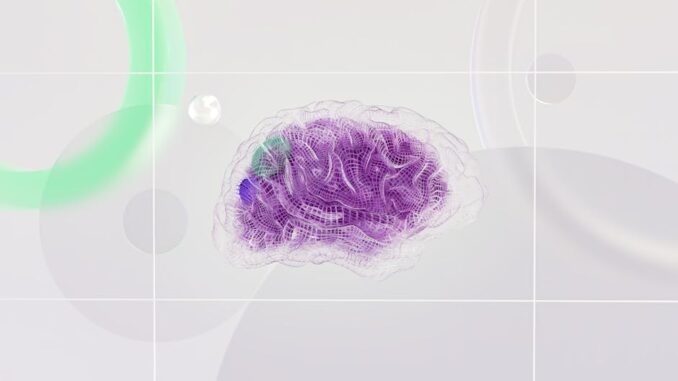
Summary
This article explores the impact of extreme temperatures on the developing brains of preadolescents. Studies reveal a correlation between early exposure to extreme heat and cold and alterations in white matter microstructure, potentially affecting cognitive function. This effect is more pronounced in children from lower socioeconomic backgrounds, underscoring the need for public health interventions.
Healthcare data growth can be overwhelming scale effortlessly with TrueNAS by Esdebe.
** Main Story**
Okay, so, the thing is, climate change isn’t just about melting ice caps; it’s hitting us where it really hurts – our kids’ brains. There’s mounting evidence suggesting that extreme temperatures, particularly early on, can mess with how a child’s brain develops, potentially impacting their cognitive skills down the line.
Temperature Extremes and Brain Development: A Closer Look
Think about it. I remember reading a study – they used MRIs to scan the brains of kids, around 9 to 12 years old, and then correlated those scans with temperature data from when they were little. And you know what? The results were pretty consistent. What they found was a link between exposure to both scorching heat and freezing cold during early life, and changes in the brain’s white matter. See, this white matter is super important because it connects different brain regions, kind of like the highways of your brain. These changes showed up as higher mean diffusivity (MD) values. Higher MD values could mean less mature white matter, which could make communication between different parts of the brain less efficient. That’s not good, right?
Early Childhood: A Critical Window
Why is this happening? Well, the first few years of life are a period of intense brain development; it’s like the brain is building its infrastructure. This makes children super vulnerable to their environment. It’s almost like their still in beta! That said, scientists believe the most critical window is prenatal, all the way up to around age three. Studies show cold exposure during pregnancy and the first year, and heat exposure from birth to around three, seem to have the biggest impact. It’s a crucial time. Honestly, it makes you think, doesn’t it?
Socioeconomic Disparities: An Uneven Playing Field
Here’s the kicker. This doesn’t affect everyone equally, not by a long shot. Kids from lower socioeconomic backgrounds tend to get hit the hardest. They’re more likely to live in homes that aren’t properly insulated or lack proper air conditioning and heating. It’s a cruel double whammy really, and really highlights the social inequities tied to climate change. So, what can we do? We need targeted interventions to protect these vulnerable populations, and we need them now.
Impact on Cognitive Function: What’s at Stake?
Now, what does this all mean for the kids themselves? We don’t know all the answers yet, but altered white matter connectivity could mess with cognitive processes like attention, memory, and decision-making. It really highlights how urgent this issue is. Can you imagine what it’s like to struggle in school, not because you aren’t smart, but because the environment impacted your development, through no fault of your own? It is something that deserves thought. More research is definitely needed to really nail down the long-term consequences.
Public Health Interventions: A Call to Action
So, what’s the game plan? Well, it’s multi-faceted, so to speak. First, we need public health policies that tackle climate change and help us adapt. That means we have to protect vulnerable groups, particularly those from disadvantaged backgrounds. Think about improving housing, ensuring access to heating and cooling, and creating more green spaces in urban areas. I mean, something as simple as planting trees could help cool down neighborhoods. But that’s not all, it’s also about raising awareness. If more people knew about these risks, they’d probably be more proactive about protecting their kids. The research is clear. Policymakers, healthcare professionals, and communities all need to work together to shield children’s brains from the harmful effects of extreme temperatures in this increasingly warmer world. It’s an investment in our future, wouldn’t you agree?


So, if I start swaddling my teenager in ice packs during summer exams, are we talking ‘genius’ or just ‘mildly hypothermic with exceptional recall’? Inquiring minds need to know!